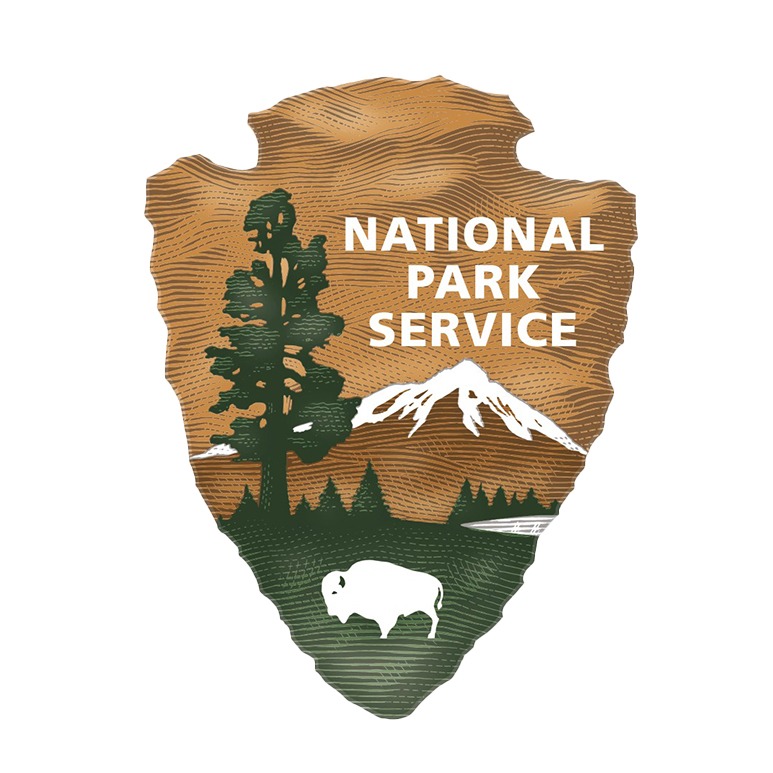*This is a 2024 archived project, view this year’s projects here.
Project overview: Ecologically restore the meadow at Puppy Dome in Tuolumne to repair ruts, which alter natural hydrology and cause hikers to create new paths.
How your support helps: Sierra meadows are highly diverse ecosystems that act as sponges, retaining water throughout the drier seasons to support wetland plant and animal species. Meadows offer a host of ecosystem services to humans, wildlife, and plant communities, but they are susceptible to degradation caused by human activities.
Thousands of hikers walk across Puppy Dome Meadow each year. Those footsteps compact soil, creating trail ruts devoid of vegetation and channels where water collects. Trails that bisect meadows are often wet and muddy, causing visitors to step off the trail and inadvertently start a new trail alongside the muddy one. These ruts alter natural hydrology by increasing erosion and channeling ground water from meadows, causing them to become drier over time. This in turn affects native plant communities, encouraging conifer encroachment, and ultimately disrupting overall meadow ecological function.
Ecological restoration projects enhance the integrity and resilience of the lands they encompass, allowing future generations of all species a chance to thrive. Benefits include restoring hydrological and natural processes, increasing this area’s resilience to drought and a changing climate, improving threatened Yosemite toad and endangered Sierra Nevada yellow-legged frog habitat, and enhancing visitor experience.
This year: This project will repair ruts in trails and ecologically restore meadow function in a 1,205-foot section of the John Muir Trail/Pacific Crest Trail to prevent further degradation and increase ecological integrity and resilience to climate change. Rerouting the trail out of Puppy Dome meadow will result in a more sustainable, well-drained trail and improved visitor experiences.
Project partner: Yosemite National Park.

